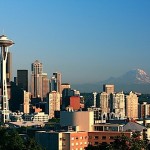
The EPA defines Stormwater as water that originates during precipitation events and snow/ice melt. Without proper management, stormwater can soak into the soil (infiltrate), be held on the surface and evaporate, or runoff and end up in nearby streams, rivers, or other water bodies (surface water). In natural landscapes such as forests, the soil absorbs much of the stormwater and plants help hold stormwater close to where it falls. In developed environments, unmanaged stormwater can create two major issues: one related to the volume and timing of runoff water (flooding) and the other related to potential contaminants that the water is carrying (water pollution).
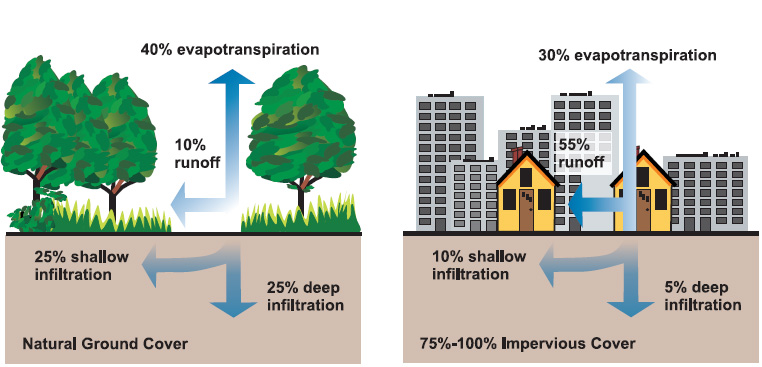
Seattle 2016 stormwater regulations protect people, property, and the environment from damage caused by stormwater runoff. Our stormwater codes also satisfy the City’s obligation to comply with our Municipal Stormwater Discharge National Pollutant Discharge Elimination System (NPDES) Permit, issued by the Washington State Department of Ecology.
The practice of rainwater collection is recognized as an integral part of storm water management as defined by Seattle public Utilities.
Green Stormwater Infrastructure (GSI) includes stormwater best management practices (BMPs) designed to reduce runoff from development using infiltration, evapotranspiration, and/or stormwater reuse. To be considered Green Stormwater Infrastructure, it must provide a function in addition to stormwater management such as water reuse, providing greenspace and/or habitat in the city. Examples of green stormwater infrastructure include trees, bioretention facilities, rain gardens, permeable pavement, vegetated roofs, and rainwater harvesting.
In the stormwater code, all Green Stormwater Infrastructure are considered on-site Stormwater Management BMPs and can be used to comply with the on-site Stormwater Management Requirement, Minimum Requirements for Flow Control, Minimum Requirements for Treatment, or all three, depending on how they are designed and constructed. All projects are required to implement On-site Stormwater Management BMPs to the maximum extent feasible for flow control and water quality treatment. This means that On-site Stormwater Management BMPs must be incorporated throughout the project site wherever feasible, constrained only by the physical limitations of the site and practical considerations of engineering design and necessary business practices.
For more information, visit:
https://www.epa.gov/npdes/npdes-stormwater-program
http://www.seattle.gov/dpd/codesrules/codes/stormwater/
http://www.seattle.gov/util/EnvironmentConservation/Projects/GreenStormwaterInfrastructure/StormwaterCode/index.htm

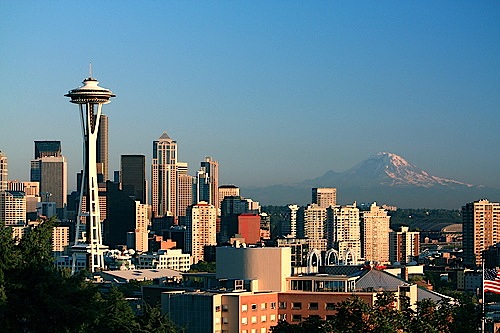
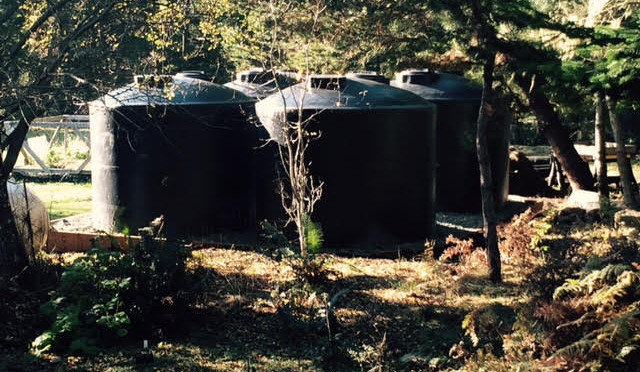
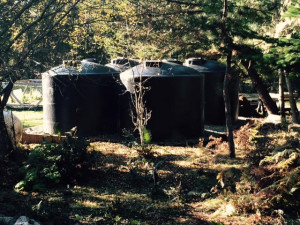 Surging population in the Seattle and Puget Sound areas, along with changing regulations fuels increased infrastructure demands on municipal water sources. Costs to repair, upgrade, and expand these centralized systems in order to meet these demands will become more of a challenge. The question to be answered is: Why is rainwater collection for you? Originally posted under the title
Surging population in the Seattle and Puget Sound areas, along with changing regulations fuels increased infrastructure demands on municipal water sources. Costs to repair, upgrade, and expand these centralized systems in order to meet these demands will become more of a challenge. The question to be answered is: Why is rainwater collection for you? Originally posted under the title 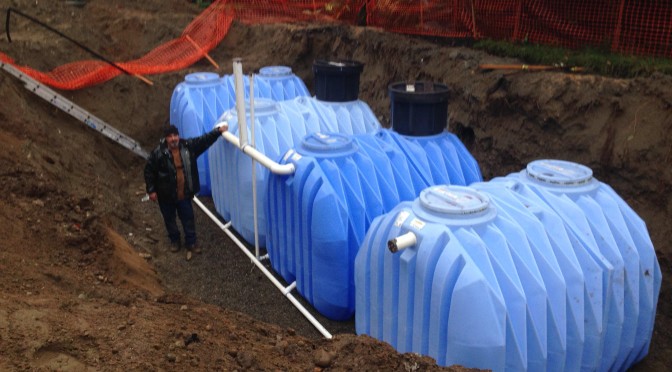
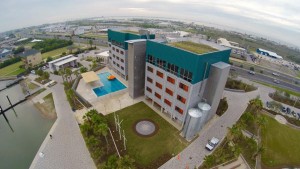
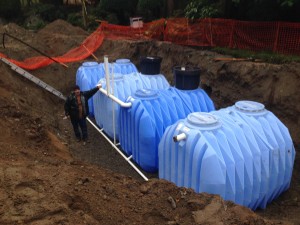 Permitting can be complex and sometimes frustrating, especially when the rules change. RainBank Rainwater Systems meets all requirements of permitting and engineering for our customers from city, county, and state agencies. We stay up to date on changing codes and permitting requirements, taking the guesswork out of the process. RainBank designs and assembles customized kits and plans for the do-it-yourselfers. Providing detailed designs and components with support from our engineering department.
Permitting can be complex and sometimes frustrating, especially when the rules change. RainBank Rainwater Systems meets all requirements of permitting and engineering for our customers from city, county, and state agencies. We stay up to date on changing codes and permitting requirements, taking the guesswork out of the process. RainBank designs and assembles customized kits and plans for the do-it-yourselfers. Providing detailed designs and components with support from our engineering department.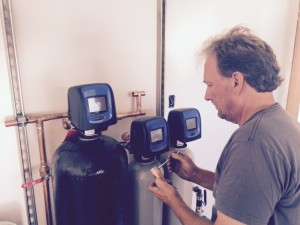 All onsite management and installation are by ARCSA accredited installers and licensed plumbers. RainBank offers turnkey solutions and we guarantee our work. We specify and order all materials and components, delivered to your location and install, finalize and test your system. We only specify and install the most reliable components that meet our experience of over fifteen years installing systems. We train our customers on how to maintain their systems so they become their own purveyor of water.
All onsite management and installation are by ARCSA accredited installers and licensed plumbers. RainBank offers turnkey solutions and we guarantee our work. We specify and order all materials and components, delivered to your location and install, finalize and test your system. We only specify and install the most reliable components that meet our experience of over fifteen years installing systems. We train our customers on how to maintain their systems so they become their own purveyor of water.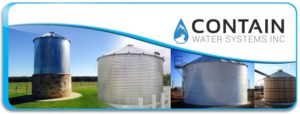 Adding to our full-service philosophy, RainBank is a distributor of
Adding to our full-service philosophy, RainBank is a distributor of